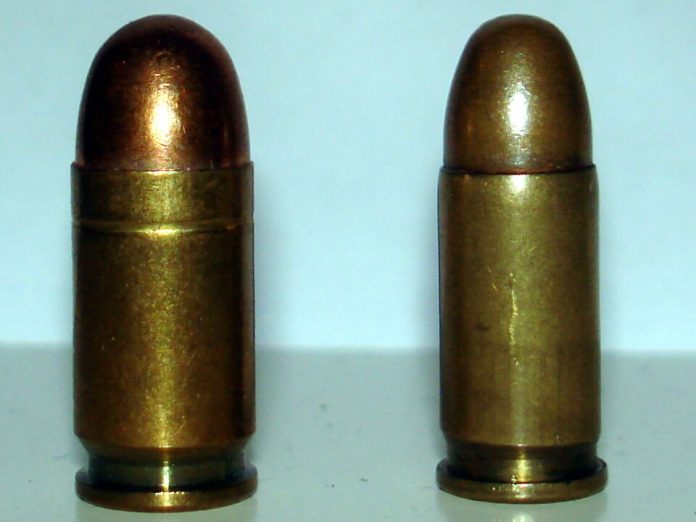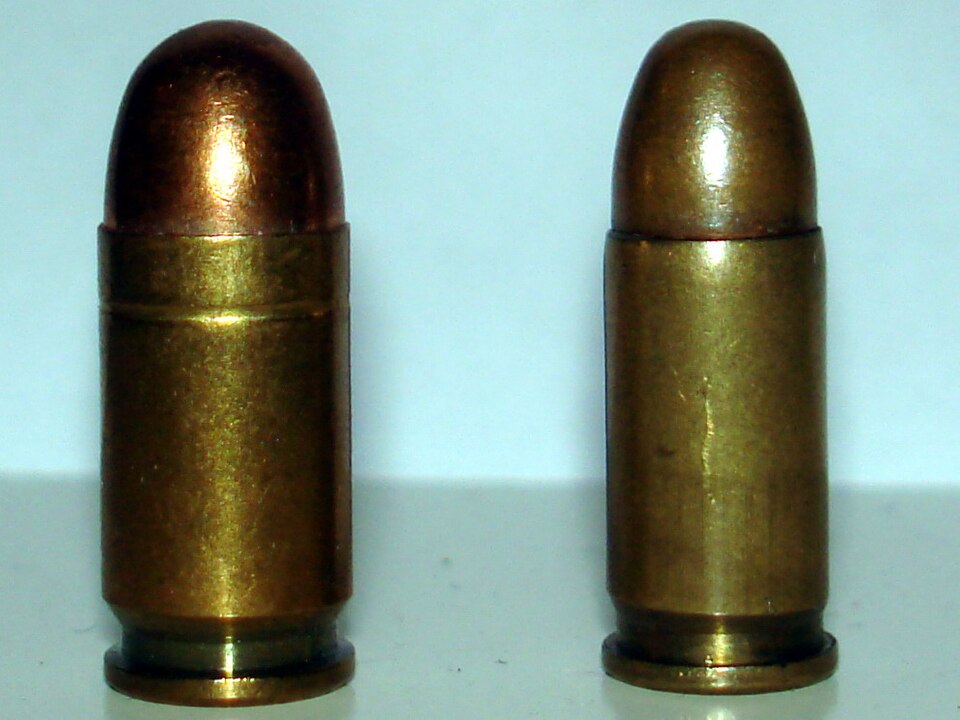
“More power” has been the gun advocacy battle cry for decades, but when it comes to pocket pistols, that creed is flawed. The argument between .380 ACP and 9mm Luger isn’t about sheer power it’s about how much power and how that power equates to control, accuracy, and usability on a daily basis.
Both cartridges share the same bullet diameter but are different in performance, recoil, and carry characteristics important to carry concealers. From testing with ballistic gel to real-world handling, the sacrifices are nuanced. This list summarizes the most relevant findings for one deciding which caliber makes it into their pocket holster.

1. Recoil and Controllability in Micro Frames
In very small pistols, recoil is exaggerated. The .380 ACP’s reduced-operating-pressure, smaller bullet produces a less forceful impulse, making it possible to shoot more rapid, accurate follow-up shots more easily especially for shooters who have smaller hands or weaker grip strength. Micro 9mm pistols, on the other hand, can produce what one tester described as “downright uncontrollable” recoil under realistic rapid-fire conditions, even for experienced instructors. This is not one of pain; as one discovers in training ranges, recoil still disrupts sight alignment and shot rhythm even when adrenaline masks distress.

2. Penetration and Expansion Performance
Ballistic gelatin testing under FBI heavy clothing protocols shows a pattern that repeats: good 9mm defensive ammo repeatedly measures 12–18 inches penetration with uniform expansion, while .380 ammo often stays at the bottom end of that range. In a controlled test, a Federal HST 124-grain 9mm round grew to .62 inches and penetrated 18.6 inches, compared to a .380 HST’s .59-inch expansion and 12.4-inch penetration. The gap is reduced with high-quality .380 ammunition, but 9mm is still superior when it comes to barrier penetration and terminal performance.
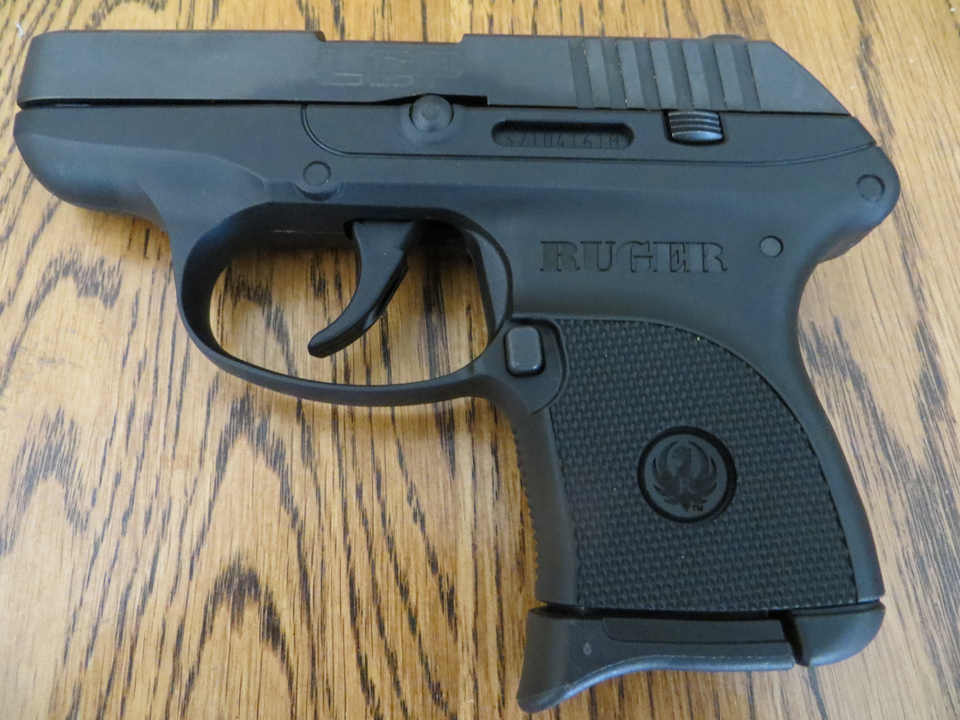
3. Concealment and Comfort Advantages
.380 pistols are thin and light compared to most 9mm equivalents, which allow greater concealment in dress attire or casual wear. Firearms like the Ruger LCP II or Glock 42 can effectively become undetectable in a pocket holster, where even the smallest 9mm, such as the SIG P365, may print more conspicuously. In all-day comfort and concealed carry signature reduction, the difference in size may be appreciated at the cost of ballistics.

4. Differences in Capacity Are Small
Small caliber does not equal higher shots in micro pistols. In most designs, the .380 vs. 9mm capacity difference is small a single round or zero at best. Glock’s 42 (.380) and 43 (9mm) both employ 6-round flush magazines, for example. This minimizes capacity as a deciding factor in caliber choice for pocket-sized platforms.
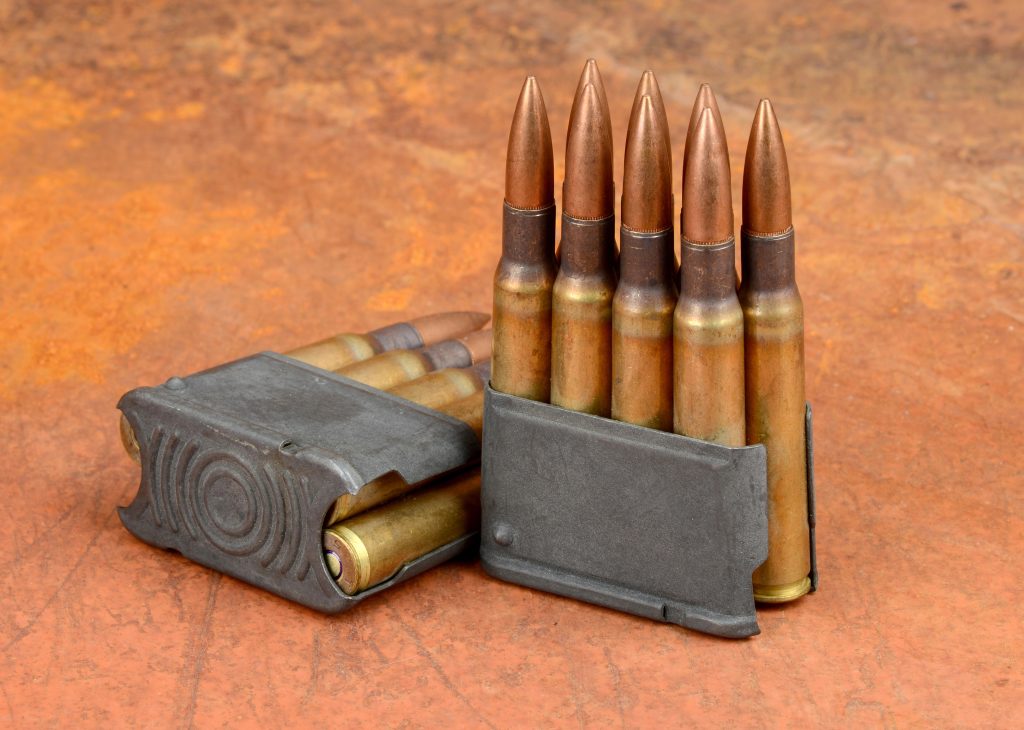
5. Availability and Cost of Ammunition
In normal market conditions, 9mm is more plentiful and less expensive due to widespread military and police adoption. 9mm FMJ bulk practice ammunition can be bought for $0.16–$0.30 per round, while .380 ACP typically retails for $0.20–$0.40. During shortages, 9mm inventory is restocked sooner. For intensive practice, this price disparity has a drastic influence on training frequency.
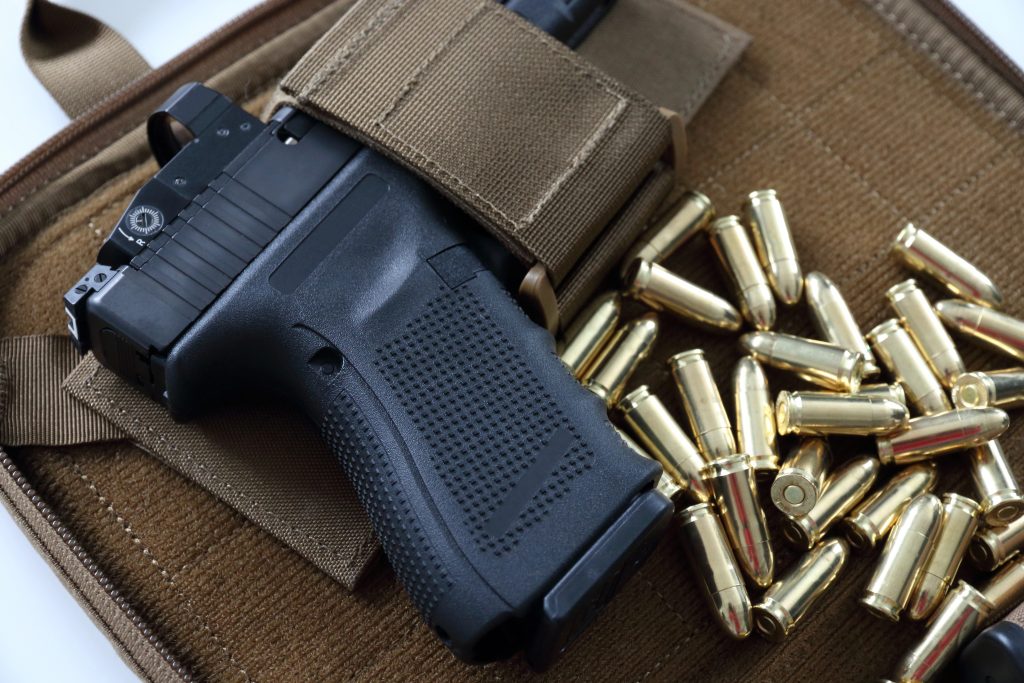
6. Real-World Shootability vs. Ballistic Superiority
Greg Ellifritz’s multi-year analysis of hundreds of shootings found that although 9mm outperforms .380 in most areas, the difference is not as great as many expect. More important is the fact that shots are more critical than caliber. A shooter who can place five solid .380 shots on target in the time it would take to collect three 9mm hits may, in fact, possess the advantage. This compromise between accuracy and speed is especially relevant in close-range defensive situations.

7. Effective Range Issues
The 9mm’s higher speed approximately 200 fps faster than .380 from similarly sized barrels provides it with a useful range beyond 50 yards, where .380 is roughly 25–30 yards. While pocket guns are rarely employed that far out, the more vertical 9mm trajectory and retained energy could be significant in certain defensive uses, such as across a parking lot or large room.

8. Micro Platform Reliability
Lower-pressure .380s could be easier on the ultra-tiny pistol’s design, sometimes appearing as increased reliability within those frame configurations. Micro 9mm designs of old suffered from issues cycling quickly under rapid fire, but modern recoil systems have developed well in bridging the difference. Even so, some carriers see fewer malfunctions with .380 in the tinies, something to consider on a gun that will see many more times carried than fired.

9. Over-Penetration and Safety
While 9mm’s deeper penetration is generally an advantage, in areas with witnesses or thin-walled interior walls, it can cause over-penetration problems. 380’s lower penetration might mitigate such danger, but only at the cost of performance through barriers. Such a tradeoff can influence caliber choice for home defense or urban carry where safety from the backdrop is paramount.
The .380 vs. 9mm decision in a pocket pistol is not so much an absolute problem but one of a balance between ballistic performance and control, comfort, and context of use by the shooter. For some, the increased penetration and range of the 9mm offset its more aggressive recoil in a small frame. For others, the more manageable handling and increased concealment of the .380 are the reasons why it is a better choice because the most powerful round is the round you can place down quickly and sure when it matters.
